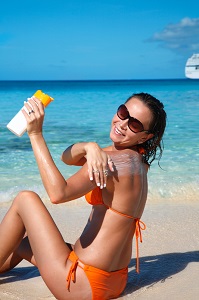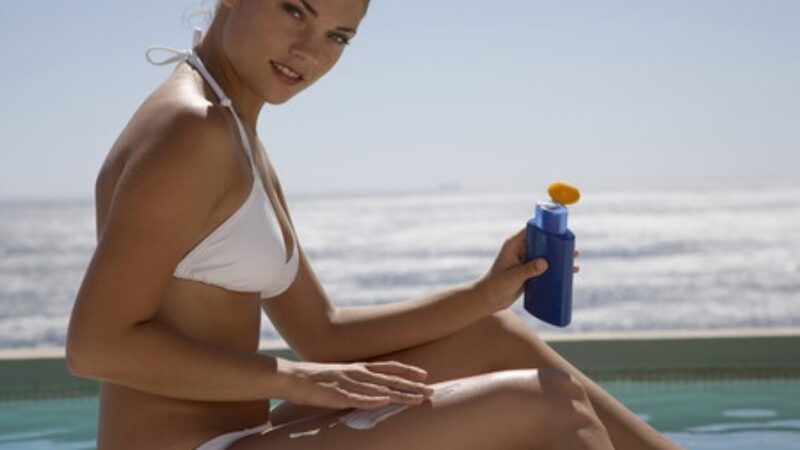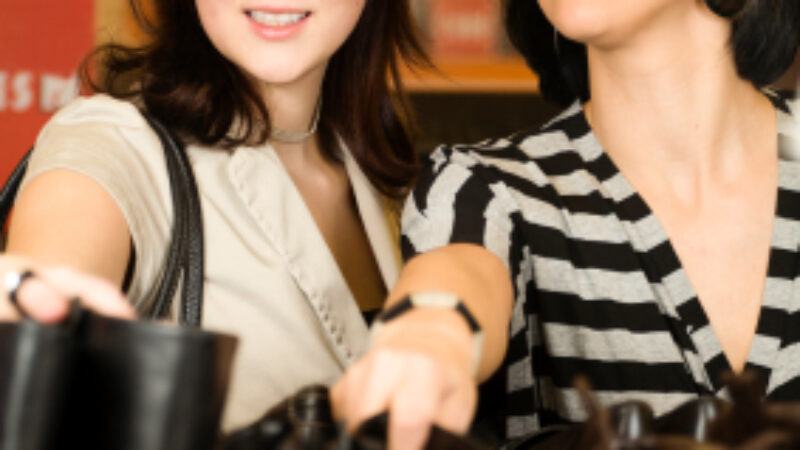As we optimistically look forward to warmer and sunnier weather, now is the perfect time to revisit the SPF rating system in sunscreens and how it can be used as a tool in deciding which sun protection product is right for you.
SPF stands for sun protection factor and is a gauge for the amount of protection a sunscreen delivers against UVB rays. UVB rays are the ones associated with Burning. They are prevalent mainly in the summer and increase with sunshine intensity. UVB rays also stimulate melanin production and are helpful for synthesizing vitamin D.
An SPF 30 sunscreen will protect you against sunburn 30 times longer than without protection. It blocks approximately 97% of UVB rays compared to an SPF 60 formulation, which will block close to 99%. No sunscreen will block 100% of UV rays, regardless of the SPF rating.
Now here’s the kicker: SPF is also dependent on how liberally you apply your sunscreen. A recent study showed that most of us don’t apply enough sunscreen to protect us as much as the label on the bottle indicates. In fact, the study showed that the majority of sunscreen users only apply between 20 and 50% of the amount that delivered the SPF rating in a lab. That means if you’re wearing a sunscreen with an SPF of 30, you may only be getting protection of between SPF 6 and 15. An SPF of 60 applied incorrectly will only deliver protection of between 12 and 30! For this reason, make sure you apply enough.
How much to apply? The experts tells us to aim to use one ounce of sunscreen (the size of a shot glass) when applying over your entire body to get the full SPF protection stated. For just the face, the amount recommended varies depending on who you ask but aiming for a 1/4 teaspoon should provide adequate coverage. It’s better to put on more than less, but if you find you can’t quite do the full 1/4 teaspoon, apply what you normally would, wait a few minutes and then reapply. That way, you get spots you may have missed the first time around.
What SPF doesn’t indicate is the amount of UVA protection that a sunscreen delivers. UVA rays are those rays associated with Aging. They’re prevalent year round and can penetrate through glass. They also penetrate deeper into the skin than UVB rays and can result in extensive damage to the skin resulting in premature aging and many types of skin cancer. Look for the words “Broad Spectrum” on the label to ensure that your sunscreen is protecting you against both UVB and UVA rays.
Consider sunscreen as part of your team of sun safety, along with covering up with protective clothing and seeking shade during the peak hours of 10am to 4pm. Now you’re ready for summer.




